Well, no massive flocks of geese but had a nice day and got a great look at this red fox. The snow was just starting at this point, and before we left there were two inches on the ground and it was a long drive home in the weather.
|
I will get back to bat coins again, but just wanted to post this beautiful red fox we saw today. Headed over to Bombay Hook National Wildlife Refuge in Delaware to see if the big snowstorm that was coming up the east coast would produce some bird "fallout" and see some spectacular flocks of geese.
Well, no massive flocks of geese but had a nice day and got a great look at this red fox. The snow was just starting at this point, and before we left there were two inches on the ground and it was a long drive home in the weather.
2 Comments
Okay, yeah, even the squirrels were hiding after that last blog pic. I'll get back to normal here shortly...
Red fox are common at Bombay Hook, and we got a fantastic look at the young kit near Bear Swamp Pool.
FOR THE NEXT TWO WEEKS OR SO, I WILL BE POSTING ALMOST EXCLUSIVELY PHOTOS FROM CENTRAL PENNSYLVANIA.
In much of eastern and central Pennsylvania, the very common little ground squirrel know as the Eastern Chipmunk (Tamias striatus) is known as a grinny. No particular reason, but growing up in this region that is just what they were called, so to this day that is still what I call them. Cute little buggers, with this one seen munching on something nutty at The Arboretum at Penn State. The plague that is white-tailed deer (Odocoileus virginianus) in the eastern US continues. So many of these things and they cause much trouble.
For people it is mostly the car accidents they cause and the millions of dollars in damages and even lives lost in those accidents. But environmentally, when populations are as high as they are now, they strip forests of wildflowers and most vegetative growth below about 5 feet. Forests have no upcoming generations of trees as they never get very large before the deer strip them of leaves and they die. But even in the rural but built up areas, where there is enough grass and low vegetation to feed a thundering herd of deer, they manage to find a way to be a bugger. Here is a deer stretching hard to reach that last apple that is within the deer browse zone, right in the back yard of a house, with another house nearby visible in the photo. I like deer, but here in the eastern US we just have way too darn many of the things. If you like mulberries, all you need is one tree and you will feast. These trees can produce a prodigious amount of fruit, which looks quite a bit like a blackberry and is a deep purple when fully ripe.
And the eastern gray squirrel certainly likes mulberries, and they are getting quite fat about now as there is a superabundance of food. But they seem to prefer the fruit when it is still not quite fully ripe. The fruit tends to go from white or green, to red (starts to get tasty) to purple (yummy!). This squirrel was just stuffing himself in the late afternoon today, eating one berry after another. The eastern cottontail (Silvilagus floridanus) is commonly found in gardens, parks and well most places in and around Falls Church, VA. Best times to see them are late evening as they are mostly crepuscular (word of the day! means active in twilight as in around dusk and dawn) but they will also feed at night and sometimes just right out there in the middle of the day. And no, rabbits are NOT rodents. This is a common misconception but they are rather quite different and are in the order Lagomorpha. This order is pretty much restricted to rabbits, hares and pikas, and just for one more tidbit, Lagomorph pretty much directly translates to "hare-like." And just for fun, here is my favorite photo that I took today of the rabbit. An interesting aside, from this last photo you can see that the eyes of a rabbit are so far apart that they are almost on opposite sides of the head. The down side of this is that the animal has extremely limited binocular vision, but the up side is that it can see predators coming even from pretty much right behind it. As a general rule, predators have more narrow, forward-facing eyes and prey animals have wider eyes for greater peripheral vision.
This bat was seen eating a fig while walking in heavy rain at night. Not so easy to get a sure ID on it so I am going to research things before naming it. But pretty cool to see it holding the fruit and all..
On our night walk in the pouring rain, we found that some bats were just roosting in the low vegetation waiting out the rain. This bat is the striped yellow-eared bat and has, as expected, some yellowish coloring on the ears and a mid-dorsal white stripe that is just visible in this photo.
Much to my surprise, Sleepy the Sloth was back again today, in the same tree as before only higher up. Apparently he had climbed down to go potty, as sloths do, and then right back up and back to sleep. Lots of rain and he is now hanging upside down and quite soggy. Good to see him again!
|
AuthorKeith Christenson - Wildlife Biologist Categories
All
Author
Keith Christenson Wildlife Biologist Archives
September 2021
|
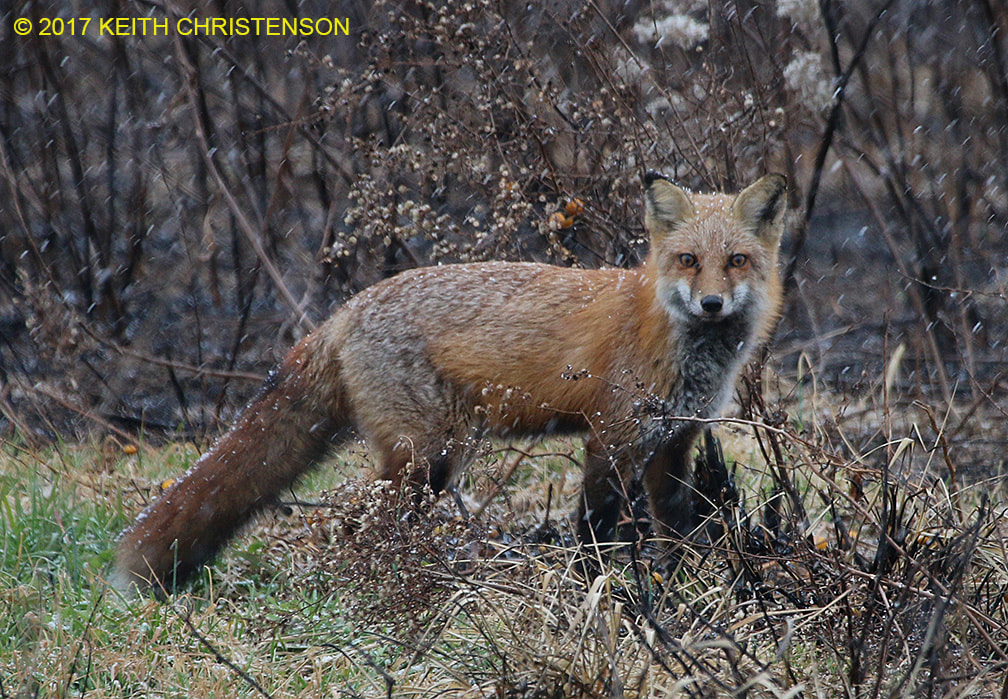
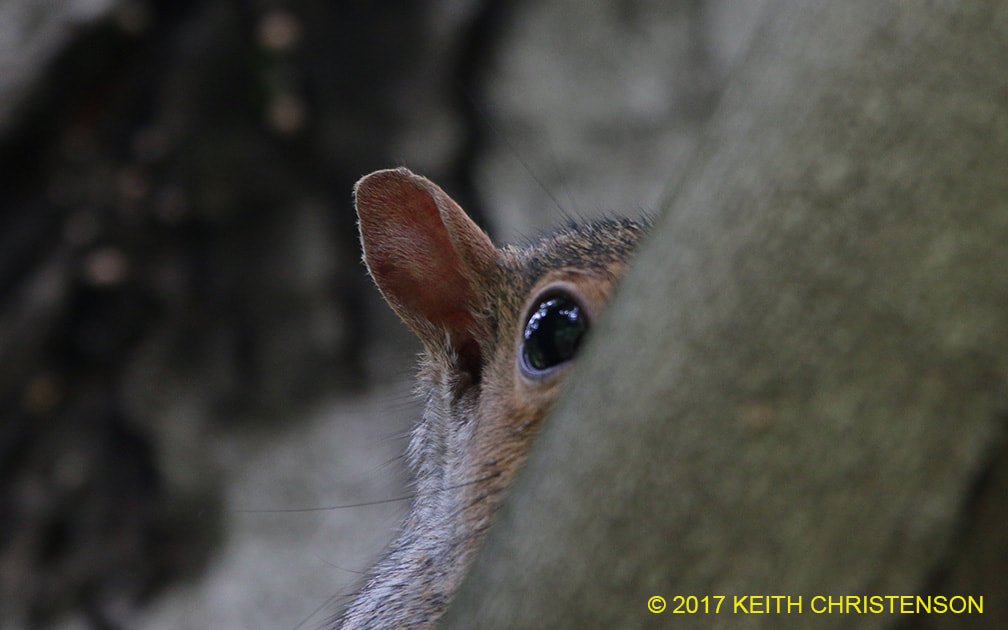
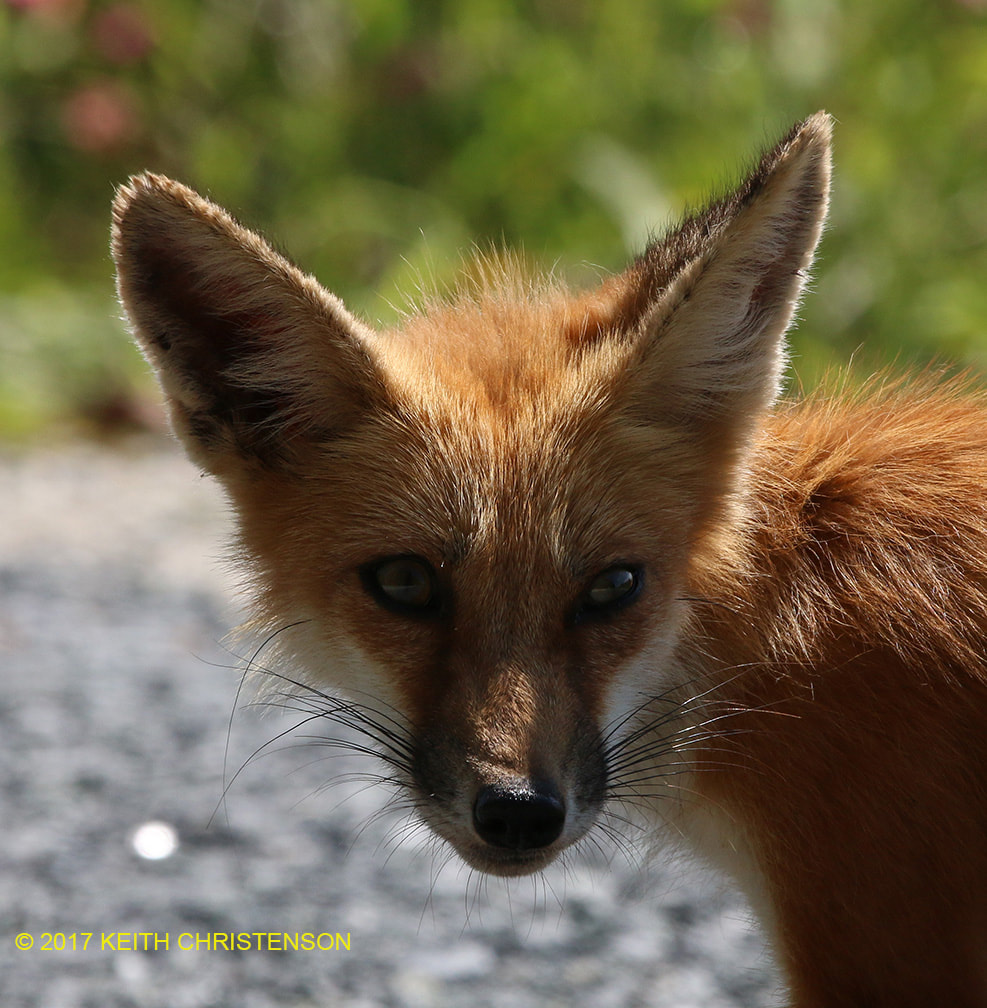
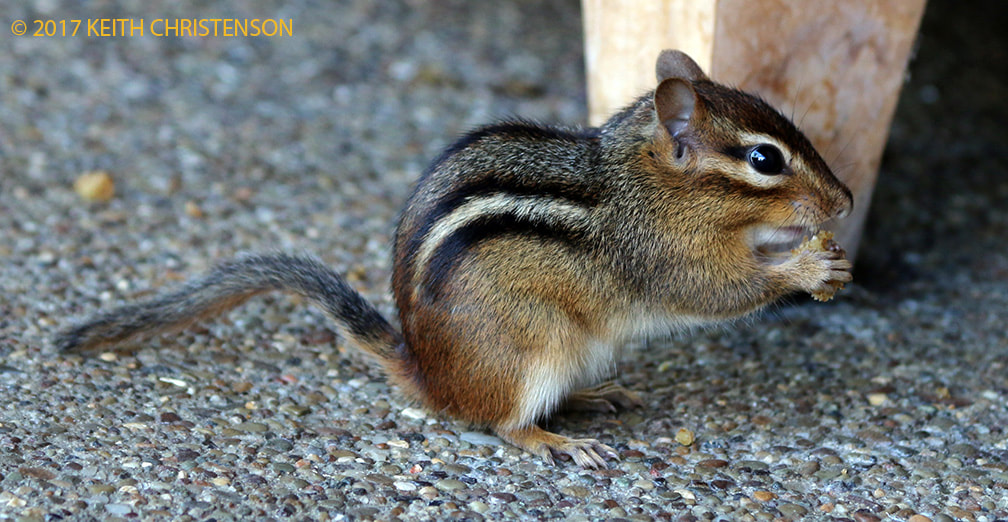
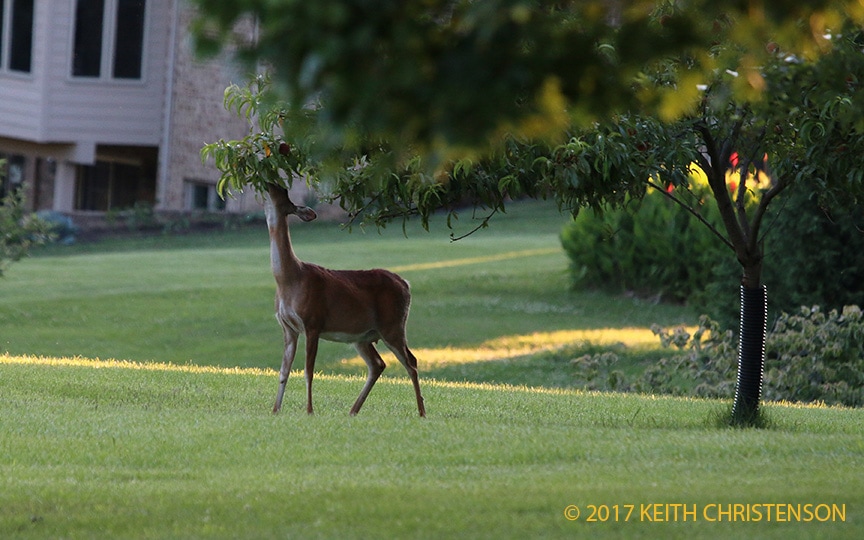
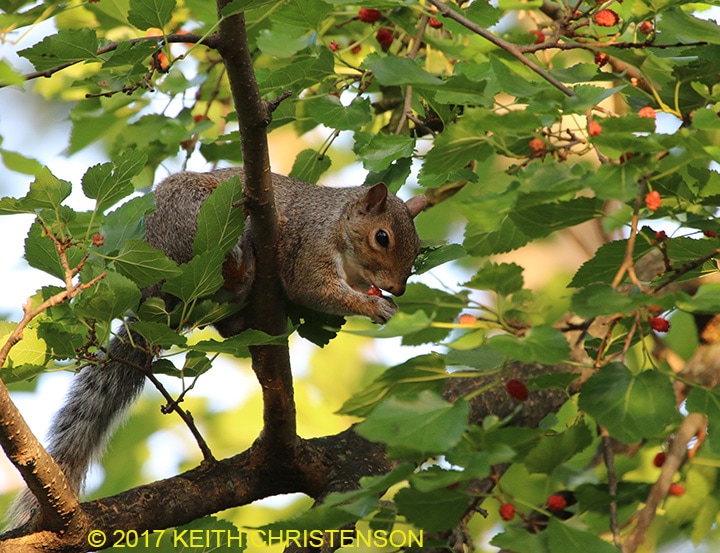
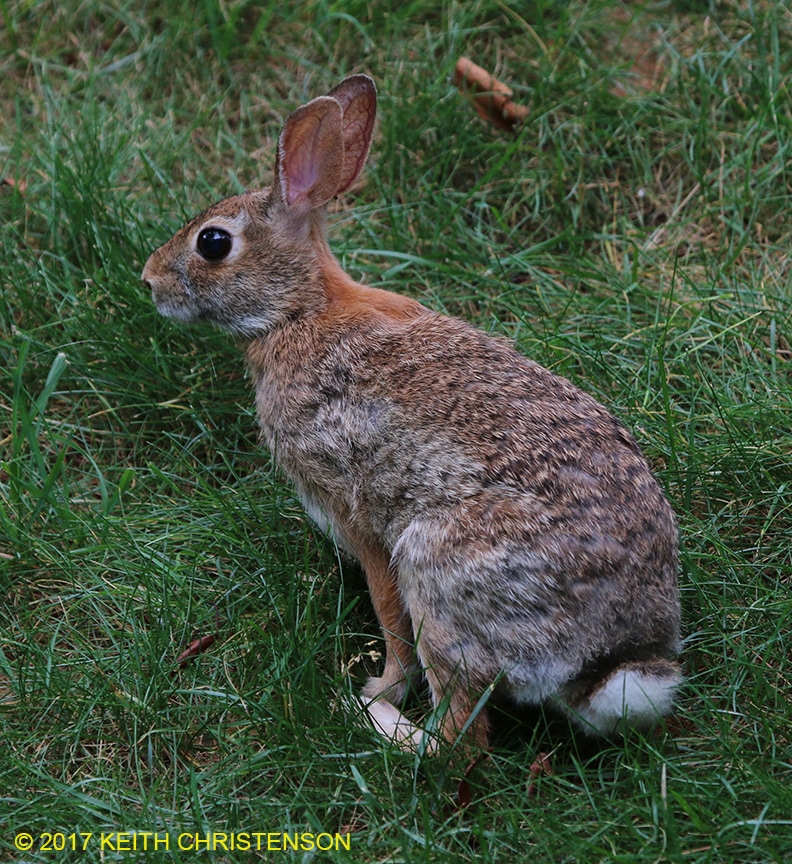
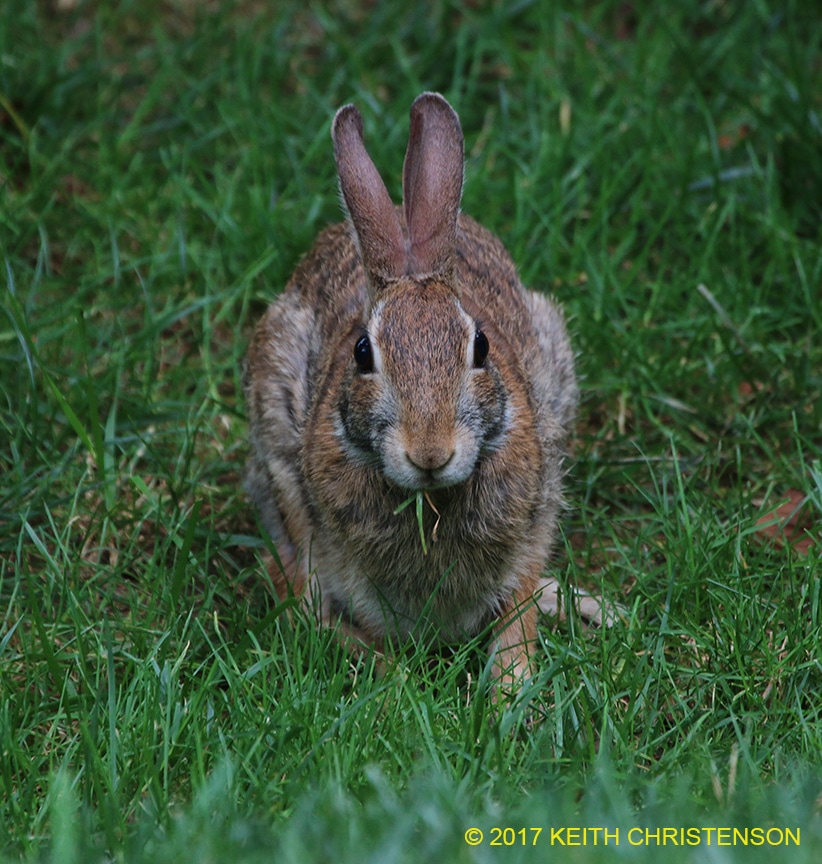
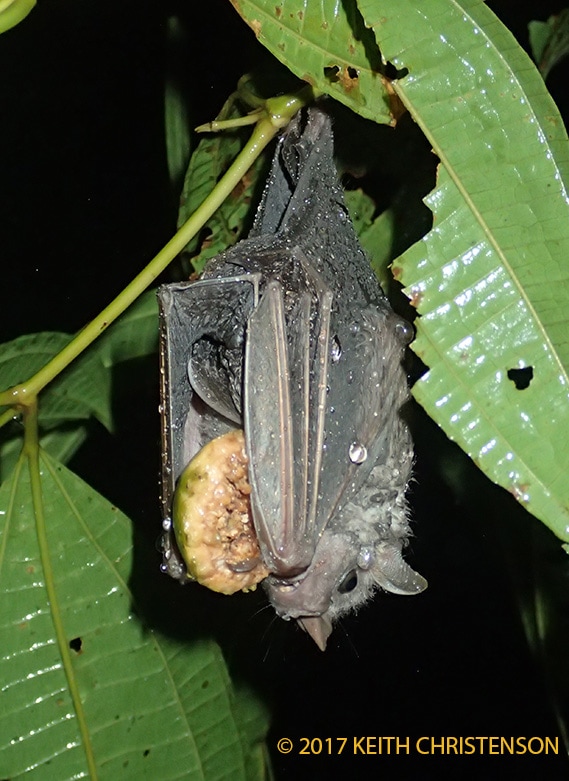
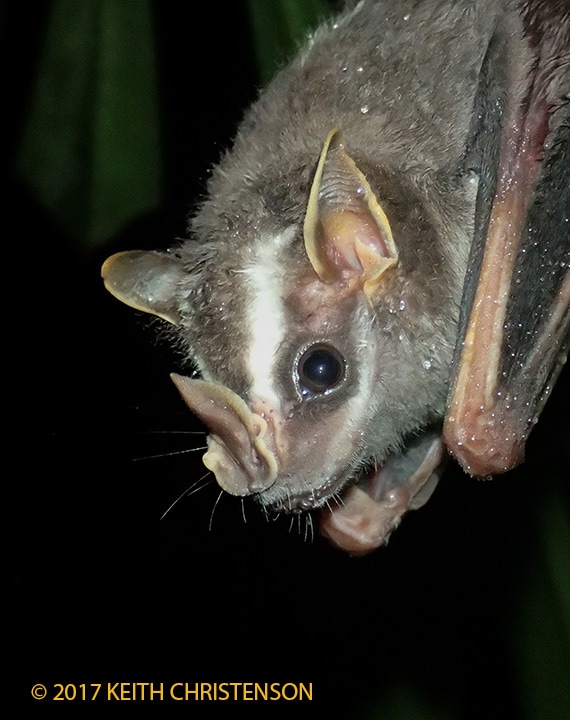
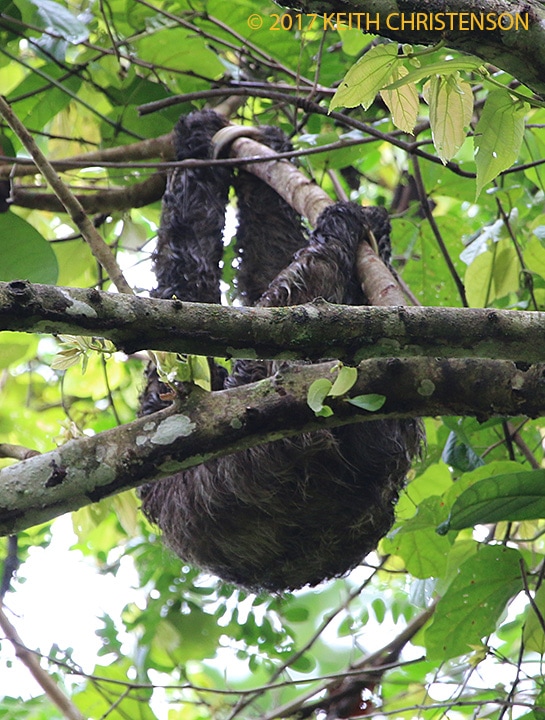
 RSS Feed
RSS Feed